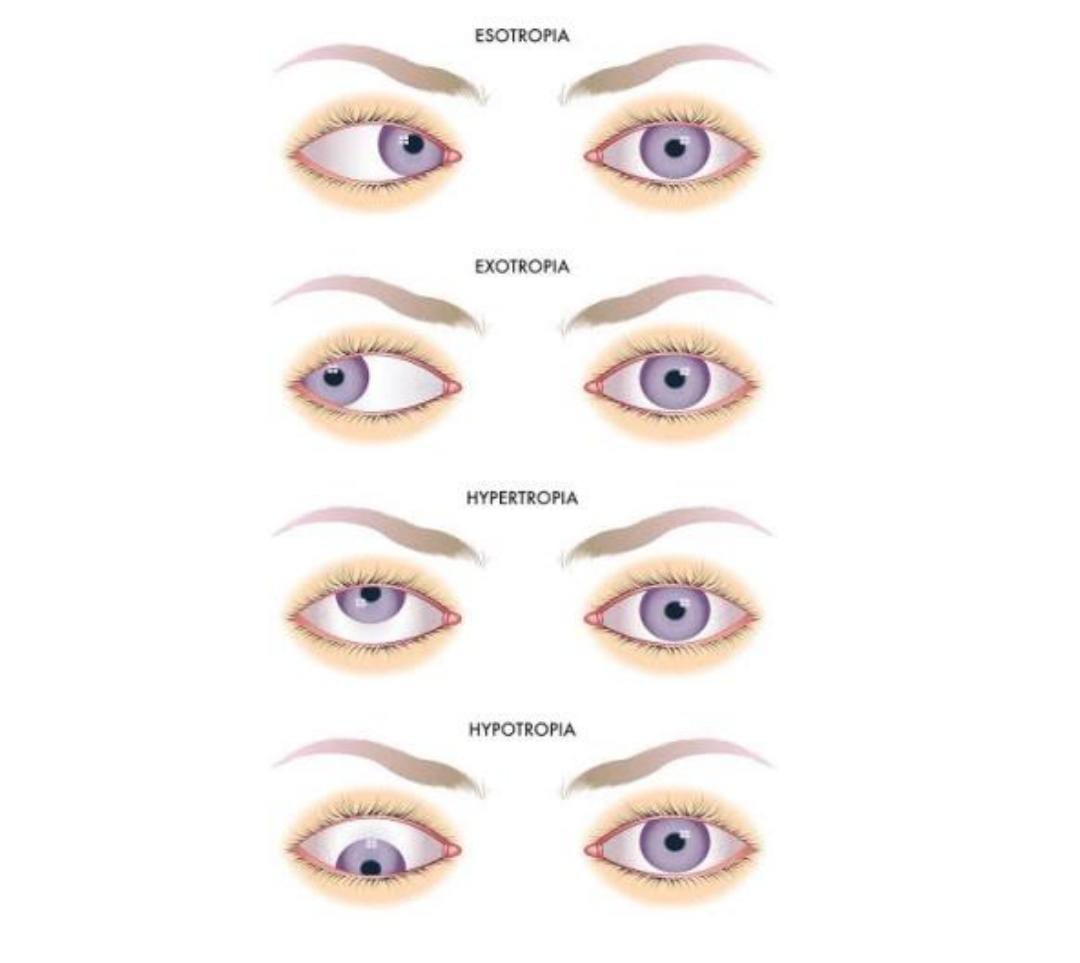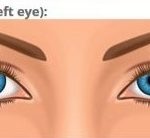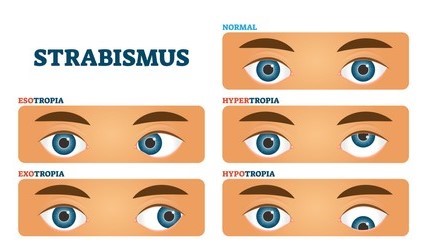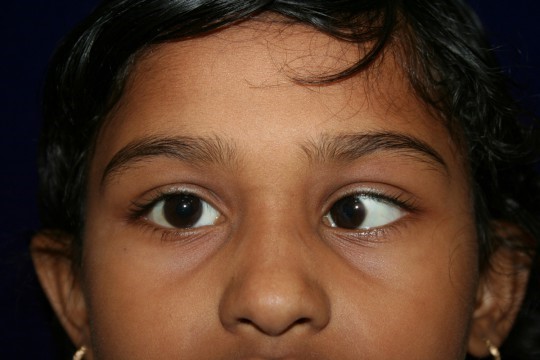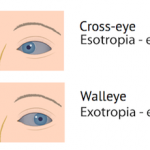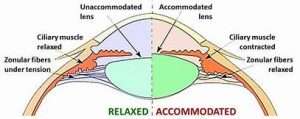Heteropia Is a Condition of menifest squint which cannot be overcome by fusional mechanism & may
not be present in all direction of gaze.
classification of Heteropia :
1) Depending upon direction of deviation :
a) Esotropia /Manifest convergent squint : A turning in of one eye relative to other eye .
b) Esotropia / Manifest divergent squint : A turning out of one relative to other
c) Hypertopia /Manifest suxsumvergent squint : A turning up of one eye relative to other
eye .
d) Hypotaopia /Manifest Deasumvergent Squit : A turning down of one eye relative to other
eye .
e) Cyclophoria/ Manifest Toosional squint : A wheel Rotation of one eye relative to other
eye
f) Incyclotropia eyes tends t When 120’clock meridian of Cornea of affected Nasal side
g) Excyclotropia: When 12’0 clock meridian of Cornea of affected eye tends to temporal
It should be noted that vertical & torsional deviation rarely locala as isolated phenomenon . Vertical
deviation associated with horizontal deviation . Torsional deviation associated with vertical deviation.
2) Depending upon Comitance of deviation :
A) Non- Paralitic / Concomitent : It also Know as Comitent manner so that angle of deviation
which is present in a primary position is maintain to equal extent in all direction of gaze , in all
distance of fixation &on fixation with either eye . It may be horizontal vertical or toational .
B) Non – Comitent : It is also known as incomitent /. Paralytic . The eyes move in Incodinatied
movement so that angle of deviation varies in Different direction of gaze a on changing fixation
from one eye to other .
E.g . Paralytic , Restrictive Spastic
3) Depending upon Constancy of Deviation :
a) Constant Squint : There is a constant deviation of visual aaxis in all direction of gaze . In
all distant of fixation & irrespective of is used for fixation .
b) Periodic Squint : The deviation occur only in a certain circumstances Sometime it may be
menifest for ceatain distance of fixation & absent for other .
c) . Intermittent Squint : Squint sometime present & Sometime absent is Some condition of
Vn .
4) Depending upon fixation behaviour :
A) . Unilateral squint : The same eye always deviates & the Second normal eye
fixate
B) Alternating Squint : Eigther of the two eye can be deviate & fixate with the
other eye
C) Bilateral Squint : In it both eyes are squinting simultaneously Rare .
5) Depending upon Etiology :
A) Accommodative heterotopia : In Which act of accommodation has a the major
influence on deviations
B) Non – Accommodative heterotopia : In which accommodative has not much
play_role .
C) Primary Heterotopia : Where in No obvious cause is found . – Convergence
excess type of eso deviation which is more for near than distance fixation .-
Divergence insufficiency type of for distance fixation then the near .
esodeviation which is more visitant Convergence insufficiency type of
exodeviation which is more for near fixation than the distance Divergence
excess type of exodeviation which is more for distance fixation than Near .
D) Secondary / Sensory_heterotropia : Term used to described a deviation which
results from some known Cause of visual deprivation / sight impaining disease
of one eye eg . Anisometropia , Central chorioretinitis .
E) Consecutive hyperotropia : Term use to describe the deviation resulting from
surgical over Correction or spontenious . Conversion of an esotropic eye into
an exodeviation .
There are 3 additional teams which may be used in a connection with classification
1) Psedosquint : Associated with paecence of Broad epicanthal fold . broad flat nasal bridge , Large
temporal negative angle kappa Small IPD
2) Psedo . exotropia : Associated with precence of narrow lateral canthus . than large nasal possitive
angle kappa , narrow angle bridge hypeatelcaism
3) Fleeting Squint : This type of squint is present in babies before development of binocular
reflexes .
6) Depending upon time of onset :
A) Congenital strabismus . A deviation that is present at birth or appear in first
few month of life . In the recent literature the term congenital staabismus has
been almost replaced / is used synoumously with the infaltine strabismus ,
which include all forms of deviation with an onset during first 6 month of life .
B) . Acquired Strabismus . A deviation that develop often 6month of life.
